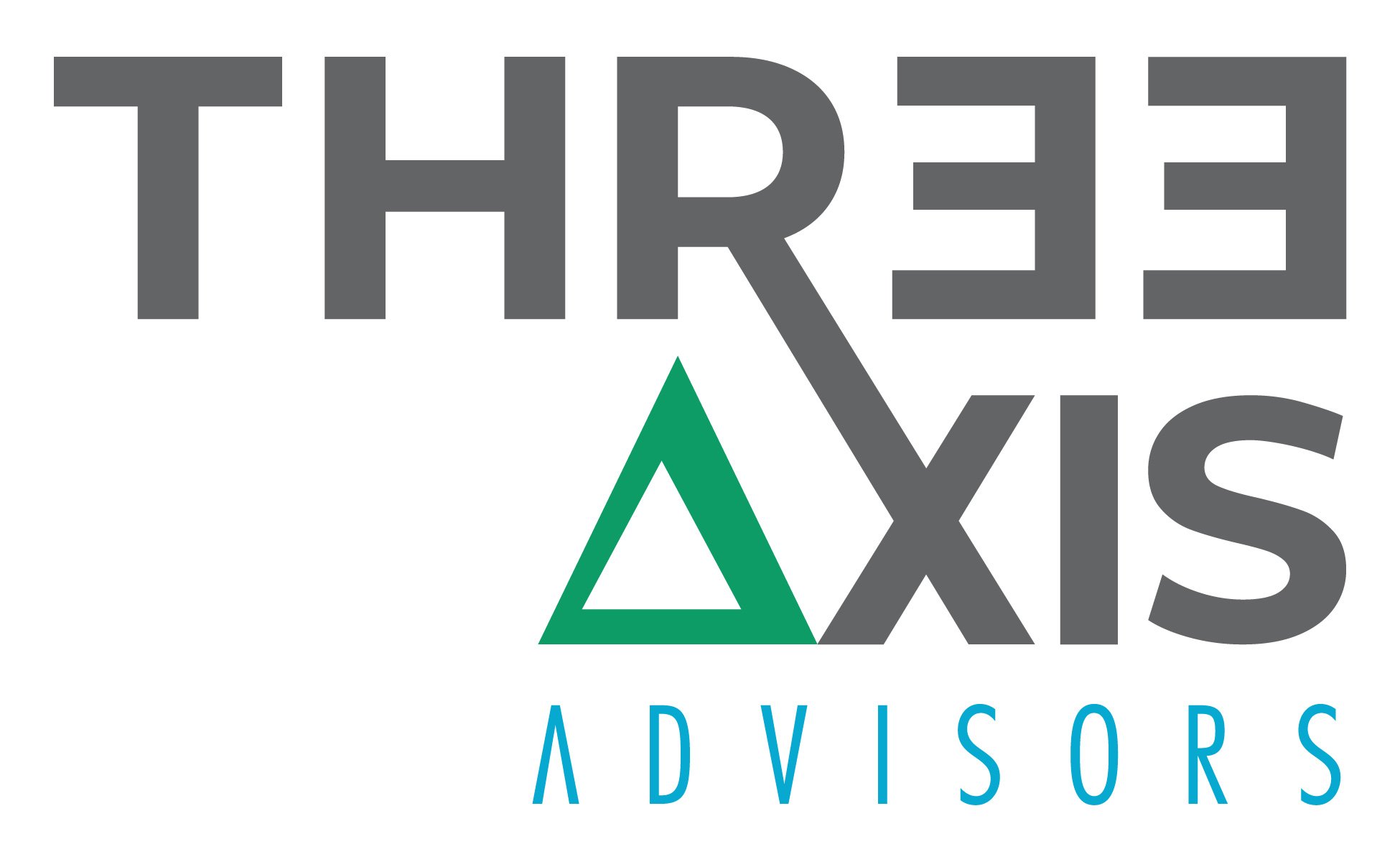Comparing International Drug Prices to Prices in the United States
Many studies have examined the pricing differences in prescription drugs between the United States and other countries around the globe. Those studies have consistently found that the U.S. is paying more for prescription medications than our global peers.
For years, policy proposals at both the federal and state levels have sought to address the affordability of prescription medications in the U.S. by accessing international prices. At times, these proposals have been to benchmark U.S. drug prices to international prices. Other proposals have sought to directly source the medications internationally at their lower cost rather than through using the existing U.S. distribution system. Overwhelmingly, studies of international prices have resulted in aggregate figures of savings, but have been sparse on which drug prices are actually producing the savings.
In this report, we undertook a study of international drug prices that sought to not only confirm that international prices remain cheaper than the prices incurred by prescription drug programs in the United States (like Medicare), but to provide transparency around price differentials on a product-to-product basis.
To that end, we developed a tool to enable interested individuals to directly compare prices to Australia and select Canadian provinces.
While we gathered pricing information across a broad spectrum of products, we limited this report to the Top 200 drugs by cost within the Medicare program. Overall, we found that international prices are associated with potentially significant savings (i.e., greater than 50%) for this subset of products (based on comparisons to list prices in the U.S.). Our results are consistent with prior studies on this topic.
And while we acknowledge that our study cannot readily account for the substantial retrospective price concessions that exist within U.S. programs like Medicare, we should acknowledge that current drug manufacturer price concessions produce a 22% savings to Medicare. Our prior work found that other federal programs, such as the Federal Supply Schedule (FSS) can produce retrospective rebates equivalent to 30% of gross brand spending. As a result, even if we could account for rebates, it seems highly likely that international prices would be associated with significant savings to the Medicare program.
At 3 Axis Advisors, we understand that health care is unnecessarily complex and exceedingly expensive. With precious financial resources and the care of our loved ones on the line, we believe that through a better comprehension of our system’s mechanics and incentives, a better healthcare system is possible.
Driven by our experience, innate curiosity, and passion for finding truth, we expose and simplify inefficiencies and cost-drivers in the prescription drug supply chain and work to remedy them through data-driven research and innovative solutions.
We hope that the insights contained in this report can build upon previous net drug pricing research and help to better shorten the bridge between understanding and misunderstanding the cost drivers within the prescription drug supply chain.
Tool Availability
Persons interested in comparing U.S. prices to the international markets of Australia (via the Pharmacy Benefit Schedule [PBS]) or the public programs of the Canadian providences of British Columbia and Ontario, can click the following link to access the 3 Axis Advisors, LLC tool references in the report above: https://3axisadvisorsdatahouse.com/portal/global_drug_finder/
Users need only enter a drug name in the search bar to get comparative prices.
Users of the tool should note that the tool is meant to provide an estimated equivalent cost based upon the matching algorithm detailed in our report methods. Matches are made programatically on an active ingredient, dosage form, strength and brand/generic equivalent level (again, see report for complete methods). Prices are converted in real time based upon the public exchange rates available for currency conversion. That said, it is possible that dosage, strength, currency, unit or any number of conversions may error on a case-by-base basis, particularly as the tool applies updates in a bi-monthly basis. If you are interested in support interpreting results please do not hesitate to contact us.
With Thanks
We are immensely grateful for Arnold Ventures for the financial resources that supported this work. If it were not for them, there would be little funding available for exploratory research and analysis of the U.S. prescription drug supply chain.

